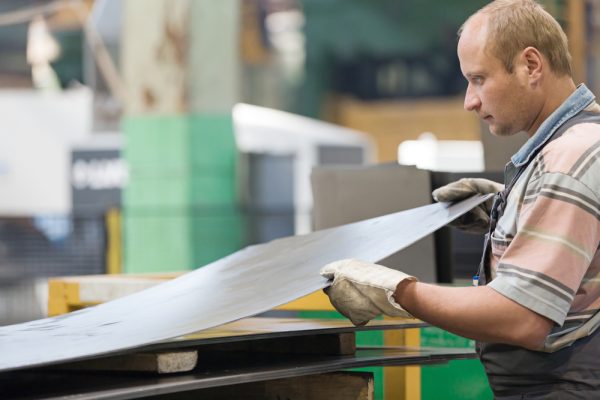A Comprehensive Guide of Sheet Metal Fabrication
Sheet metal fabrication is a process of turning flat metal sheets into various shapes and sizes. It involves cutting, bending, and assembling the sheets to create a final product. It is widely used across industries for its versatility, durability, and affordability.
How Sheet Metal Fabrication Works
Sheet metal fabrication involves several steps, including design, cutting, bending, and assembly. First, the metal sheets are cut to the desired size and shape using various tools such as shears, laser cutters, and water jets. Then, the sheets are bent and shaped using press brakes, rollers, or hammers. Finally, the sheets are assembled using techniques such as welding, riveting, or adhesives.
Benefits
Sheet metal fabrication offers several benefits over other manufacturing methods. For one, it is a cost-effective solution for producing large quantities of parts. It also offers high precision and accuracy, which is important for industries that require strict tolerances. Additionally, sheet metal fabrication is a durable and long-lasting option, making it ideal for products that need to withstand wear and tear.
Industries
Sheet metal fabrication is used in a variety of industries, including automotive, aerospace, construction, and electronics. In the automotive industry, sheet metal is used to make car bodies, frames, and components. In the aerospace industry, it is used for aircraft parts such as wings, fuselages, and engine components. In the construction industry, sheet metal is used for roofing, gutters, and HVAC systems. In the electronics industry, sheet metal is used for enclosures, chassis, and components.
Common Sheet Metal Materials
It can be made from a variety of materials, including aluminum, steel, copper, and brass. Each material offers unique properties that make them ideal for different applications. For example, aluminum is lightweight and corrosion-resistant, making it a popular choice for the aerospace industry. Steel, on the other hand, is strong and durable, making it a common choice for automotive and construction applications.
Conclusion
It is a versatile and cost-effective solution for creating various shapes and sizes of metal parts. It involves several steps, including design, cutting, bending, and assembly, and offers several benefits such as precision, durability, and affordability. It is used in a variety of industries, including automotive, aerospace, construction, and electronics, and can be made from a variety of materials, each with unique properties.
For more information go to https://crescocustommetals.com/



